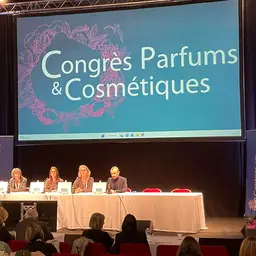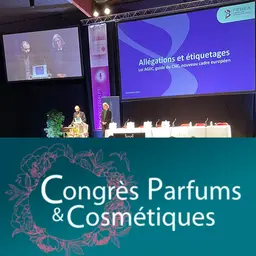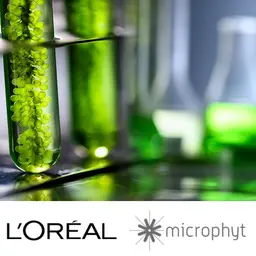
Production subcontracting is common in the cosmetics industry, and it is specifically dealt with in standard ISO 22716 on GMPs. At the first Rencontres de la Qualité Cosmétique, a conference on cosmetic quality organized on March 30 by IFIS (French Training Institute for Healthcare Professionals) and FEBEA (French Federation of Beauty Companies), Pascal Moreau, Quality Manager of BCM Cosmétique, and Alain Demouveaux, Quality Assurance Manager EMEA at Shiseido, provided details on the prerequisites for a harmonious relationship between the prime contractor and the subcontractor.
Chapter 12 of standard ISO 22716 on GMPs deals with subcontracting. It defines who the ‘contract giver’ and ‘contract acceptor’ are and introduces the notion of a contract between the two parties. As part of a subcontracting relationship, the contract and specifications represent crucial documents that protect both stakeholders.
How is the contract drafted? Which specifications should be provided for? How are audits and performance follow-ups to be conducted? These questions were at the core of the two speakers’ presentation.
How to manage a subcontracting activity
‘First of all’, Alain Demouveaux emphasized, ‘you will need some organization. Both the contract giver and contract acceptor have their own structure, so you need a bit of order on both parts, to prevent any non-quality.’
As a result, several points should be clarified:
• Who does what at the contract giver’s and contract acceptor’s in relation to purchases, quality, development, sales, logistics…
• Who manages contract documents
• How the communication and information flows are organized, and what interlocutors are involved, which is essential to avoid any contradictory exchanges, if they are not well-coordinated
• How decision-making responsibilities are attributed, the first being the choice of contract acceptor
• At what point Quality gets involved …











